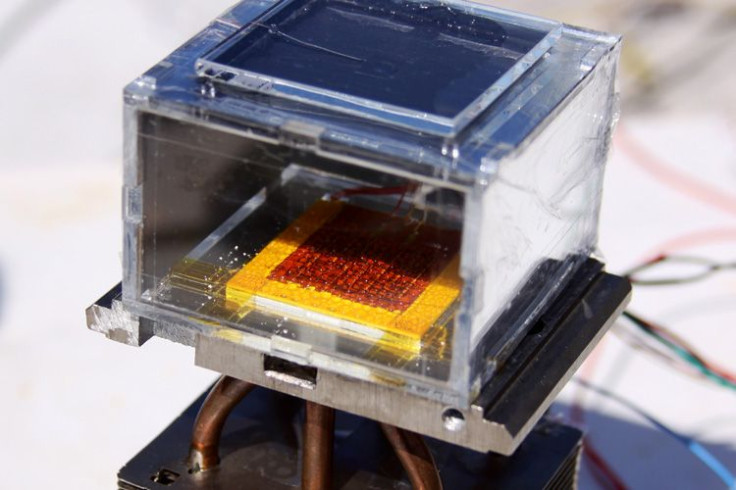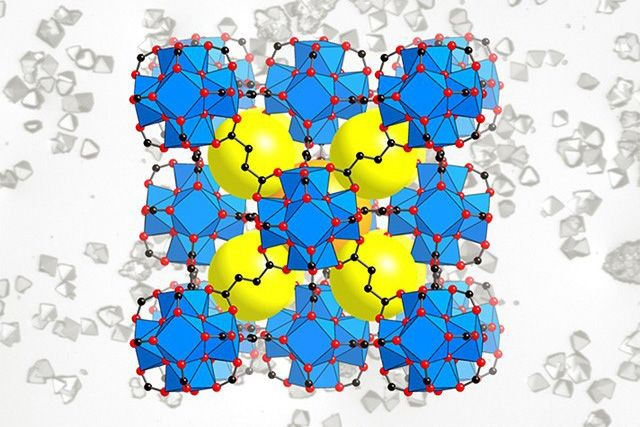Solar-Powered Device To Draw Water Out Of Air, Even In Deserts

It is often said that water shortage could be one of the catalysts for war in the future. In many parts of the world, particularly in places that depend heavily on agriculture, lack of water already wreaks havoc on the lives of millions. But with a new device built at the Massachusetts Institute of Technology (MIT), that could soon become history.
Using a special material produced at the University of California, Berkley (UC Berkley), researchers at MIT created a water harvester that uses only solar power to draw water out of dry air. In experiments, the harvester — the special material used to build it is a metal-organic framework, or MOF — pulled almost three liters of water from air with humidity at 20-30 percent in 12 hours, using one kilogram (2.2 pounds) of MOF.
That is more than enough water for daily drinking needs for most people. And the harvester has already been tested outside the laboratory. It was placed on rooftops at MIT which showed it worked in real-world conditions.
Read: Gadgets That Help You Save Water
Researchers from the two universities, along with a colleague from King Abdulaziz City for Science and Technology in Saudi Arabia, published a paper Thursday in the journal Science. Titled “Water harvesting from air with metal-organic frameworks powered by natural sunlight,” the paper describes the design of the device and its working.
Omar Yaghi, one of the senior authors of the paper, said in a statement: “This is a major breakthrough in the long-standing challenge of harvesting water from the air at low humidity. There is no other way to do that right now, except by using extra energy. Your electric dehumidifier at home ‘produces’ very expensive water.”
Yaghi invented the MOF structure over 20 years ago, which combines metals like aluminum or magnesium with organic molecules in an arrangement that creates rigid but porous structures that can store liquids and gases. Thousands of MOFs have been created since then, and a large number of them are used in various industries. The MOF used in the water harvester was designed by Yaghi and his team from UC Berkley in 2014, by combining the metal zirconium and adipic acid.

The device designed by Evelyn Wang (the other senior of the paper) and her students at MIT uses a kilogram of the dust-sized crystals of the MOF. The crystals are compressed between a solar absorber and a condenser plate, and the set-up is placed inside a box which is open to the air.
“As ambient air diffuses through the porous MOF, water molecules preferentially attach to the interior surfaces. … Sunlight entering through a window heats up the MOF and drives the bound water toward the condenser, which is at the temperature of the outside air. The vapor condenses as liquid water and drips into a collector,” the statement on the UC Berkley website explained.
The current MOF material being used absorbs up to 20 percent of its weight in water, but other MOF materials could be designed which could absorb twice as much water. It could also be configured to work more effectively under different humidity conditions, Yaghi said.
© Copyright IBTimes 2024. All rights reserved.





















